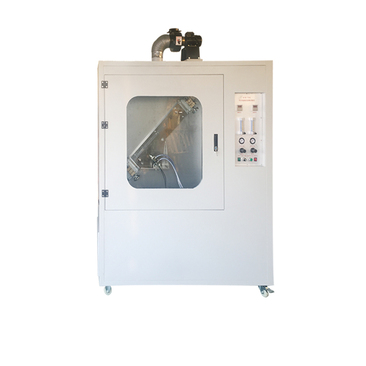cable bend test machine
Understanding Cable Bend Test Machines A Critical Tool in Cable Testing
In the realm of electrical engineering and telecommunications, the reliability and longevity of cables are paramount. To ensure that these cables can withstand various stresses during their operational life, engineers turn to specialized equipment such as the cable bend test machine. This essential device simulates the bending, twisting, and flexing that cables endure in real-world applications, providing invaluable data on their performance and durability.
What is a Cable Bend Test Machine?
A cable bend test machine is a piece of testing equipment designed to evaluate the mechanical properties of cables by subjecting them to repeated bending cycles
. This machine typically comprises a rigid frame where the cable is securely held, and a mechanism that allows for the gradual bending and twisting of the cable at predetermined angles and frequencies. The objective of this testing is to identify how well the cable performs under conditions that mimic real-life usage, including installation, movement, and temperature fluctuations.Importance of Cable Bend Testing
Cable bend testing is crucial for several reasons. First and foremost, it helps manufacturers ensure their products comply with industry standards and regulations, which are designed to guarantee safety and effectiveness. The results from a bend test can indicate whether a cable will maintain its electrical integrity and structural integrity over time.
cable bend test machine

Additionally, this testing process can prevent costly failures in the field. Cables used in critical applications, such as power distribution, telecommunications, and data transfer, must be reliable. A failure in these cables can lead to significant operational downtimes and financial losses. Therefore, by utilizing cable bend test machines, manufacturers can detect potential weaknesses or vulnerabilities in their products early in the design phase.
How Cable Bend Tests are Conducted
The testing process involves several specific steps. Initially, the cable is mounted in the machine according to the manufacturer's specifications. The machine then systematically bends the cable at a defined radius and angle, usually replicating the conditions to which the cable will be exposed during its lifetime. Throughout the test, various parameters such as the number of cycles, bending angle, and time duration are monitored and recorded.
After the test is conducted, the cables are inspected for signs of damage, such as cracks, fraying, or loss of conductivity. The data collected provides insights into how many bends the cable can withstand before failure occurs and can contribute to refining the design for increased performance.
Conclusion
In conclusion, cable bend test machines serve as a vital component in the development and production of high-quality cables. By providing a controlled environment to simulate real-world stressors, these machines enable manufacturers to assess cable performance before market release. As the demand for reliable electrical and telecommunications infrastructure continues to rise, the role of cable bend testing becomes ever more significant. This proactive approach to quality assurance not only enhances product design but also fosters greater consumer confidence in cable products. In an era where reliability is key, investing in advanced testing technologies like cable bend test machines is essential for any manufacturer aiming to thrive in the competitive landscape.
-
DQ-F Superfine Wire Conductor Resistance Fixture: High-Precision Testing
NewsAug.30,2025
-
ZC36 High Insulation Resistance: Reliable & Safe Performance
NewsAug.29,2025
-
CX-100 Manual Hydraulic Core Punching Machine - Efficient & Reliable
NewsAug.28,2025
-
Reliable Performance Testing with Advanced Aging Chamber Solutions
NewsAug.23,2025
-
Advancing Precision with Profile Projector Technology
NewsAug.23,2025
-
UV-LED Ultraviolet Crosslinking Technology: Innovation and Prospects
NewsAug.23,2025
 Copyright © 2025 Hebei Fangyuan Instrument & Equipment Co.,Ltd. All Rights Reserved. Sitemap | Privacy Policy
Copyright © 2025 Hebei Fangyuan Instrument & Equipment Co.,Ltd. All Rights Reserved. Sitemap | Privacy Policy

